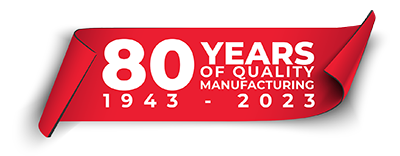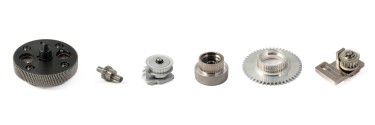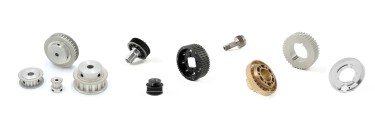Timing Belts and Extreme Temperatures: What You Need to Know
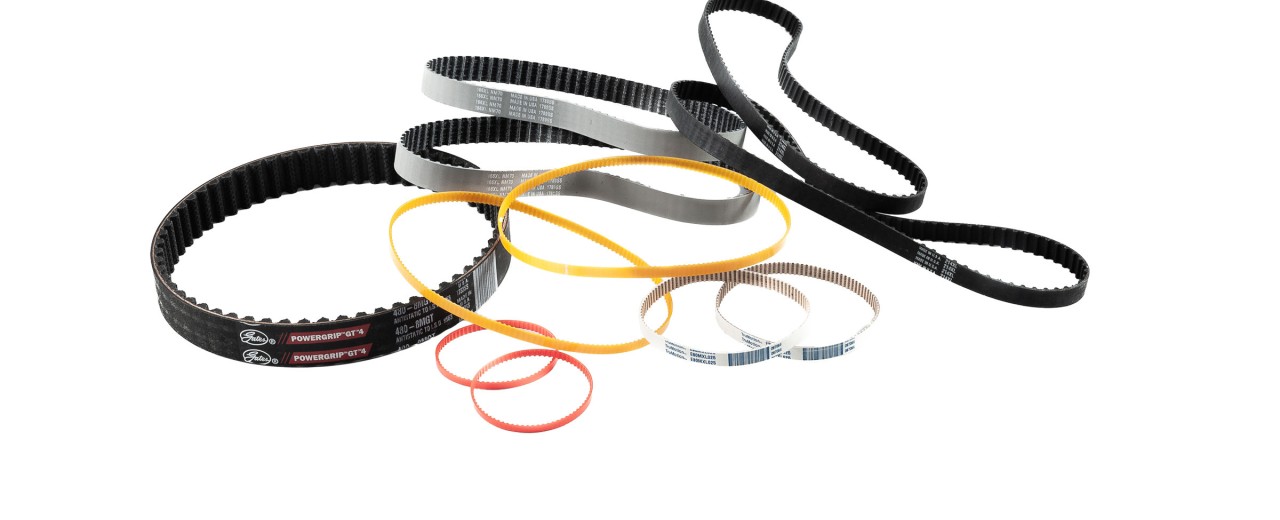
Synchronous timing belts are crucial components in various industrial applications, responsible for synchronizing the movement of different parts. They serve as cost-effective alternatives to gears in systems where synchronization of components is crucial. Understanding their performance under extreme temperatures is essential for ensuring optimal system operation and longevity.
Understanding Timing Belts
Timing belts, also known as synchronous belts, are a type of toothed belt that plays a crucial role in synchronizing the rotation of two or more shafts in a system. They are designed to provide precise timing and speed variation, making them an essential component in various industrial applications. Timing belts consist of a toothed belt and a pulley with matching grooves, which engage with each other to transmit power and motion.
The belt teeth are typically trapezoidal, curvilinear, or modified curvilinear in shape, and are designed to fit into the pulley grooves for positive power transmission. The teeth are spaced at regular intervals, allowing for precise synchronization of the shafts. Timing belts are made from a variety of materials, including rubber, polyurethane, and other synthetic materials, which provide high energy efficiency, low tension requirements, and a clean operation.
Effects of Temperature on Timing Belts
Extreme temperatures can significantly impact the properties and performance of timing belts. High temperatures can cause the belt material to soften, leading to increased lengthening and reduced tensile strength. And the other way around, low temperatures can make the belt stiffer, resulting in decreased flexibility and increased susceptibility to cracking.
Temperature, Length Tolerance and Breaking Strength of Timing Belts
| Pitch | Material | Breaking Strength (LBS/IN) | Temperature Range (°F) | Length Tolerance (in) |
|---|---|---|---|---|
| .080” | Neoprene and TruMotion | 425 | -30 to 185 | |
| .080” | Urethane Polyester Cord | 520 | 0 to 180 | ± .020 |
| .080” | Urethane Kevlar Cord | 1050 | 0 to 180 | ± .020 |
| .0816” (40 DP) | Urethane Kevlar Cord | 1050 | 0 to 180 | ± .020 |
| .0816” (40 DP) | Urethane Polyester Cord | 520 | 0 to 180 | ± .020 |
| 1/5” & 3/8” | Urethane Polyester Cord | 630 | 0 to 180 | ± .020 |
| 1/5” | Urethane Kevlar Cord | 2500 | 0 to 180 | ± .020 |
| 3/8” | Urethane Kevlar Cord | 3000 | 0 to 180 | ± .020 |
| 1/5” | Neoprene and TruMotion | 895 | -30 to 185 | ± .020 |
| 3/8” | Neoprene and TruMotion | 920 | -30 to 185 | ± .020 |
| 2 MM GT2 | Neoprene and TruMotion | 495 | -30 to 185 | ± .020 |
| 3 MM GT2 | Neoprene and TruMotion | 880 | -30 to 185 | ± .020 |
| 3 MM HTD | Neoprene and TruMotion | 920 | -30 to 185 | ± .020 |
| 5 MM HTD | Neoprene and TruMotion | 1800 | -30 to 185 | ± .020 |
| 2mm, 3mm, 5mm, .080”, 1/5”- 3/8” | Neoprene and TruMotion | -30 to 185 | ||
| 1/5”- 3/8” | Black Neoprene Fiberglass Cord | -30 to 185 |
You can read more about Belt Tolerances and Specifications in our Technical Resources section.
Factors Affecting Timing Belts Temperature Tolerance
- Timing Belt Profile and Pitch: Different belt profiles and pitches can affect heat dissipation and mechanical stress distribution, impacting temperature tolerance.
- Timing Belt Material: The type of material used in the belt’s construction determines its inherent temperature resistance.
- Timing Belt Tolerance: Precise manufacturing tolerances ensure proper fit and minimize excessive heat generation due to misalignment.
Choosing the Right Timing Belt
Choosing the right timing belt for a specific application can be a daunting task, as it requires careful consideration of several factors. Some of the key factors to consider include:
- Speed variation: The timing belt must be able to accommodate the required speed variation in the system.
- Horsepower transmitted: The belt must be able to handle the horsepower transmitted by the system.
- Pulley grooves: The belt must be compatible with the pulley grooves, which can be either metric or inch dimensions.
- Lubrication: Some timing belts require lubrication, while others do not.
- Non-slip: The belt must provide a non-slip engagement with the pulley to ensure precise timing and synchronization.
By considering these factors, engineers and designers can choose the right timing belt for their application, ensuring optimal performance, energy efficiency, and a long service life.
Considerations
When designing a system that uses timing belts, engineers and designers must consider several factors, including:
- Belt tension: Timing belts require high tension to ensure precise timing and synchronization.
- Pulley alignment: The pulleys must be properly aligned to ensure smooth operation and prevent wear on the belt.
- Belt maintenance: Regular maintenance is required to ensure the belt remains in good condition and provides optimal performance.
By considering these factors and choosing the right timing belt for the application, engineers and designers can ensure optimal performance, energy efficiency, and a long service life.
Best Practices for Synchronous Timing Belts in Extreme Temperature Applications
To ensure optimal performance and durability of timing belts in extreme temperature conditions, consider the following best practices:
- Select belts with appropriate temperature tolerance based on the expected operating environment.
- Monitor belt tension and adjust as needed to prevent excessive elongation or cracking.
- Use protective enclosures or insulation to shield belts from extreme temperatures.
- Inspect belts regularly for signs of wear or damage, especially in harsh environments.
- Proper Storage: Store belts in a cool, dry environment with no direct sunlight, ideally at temperatures below 85°F and relative humidity below 70%. Avoid storing belts on the floor or near heaters, radiators, or devices that generate ozone.
Understanding the effects of extreme temperatures on timing belts is crucial for selecting the right belt for the application and ensuring its longevity. By considering the temperature tolerance of different belt materials, belt profile and pitch, and adhering to best practices, you can optimize the performance of timing belts in challenging environments.
Do you need timing belts for your drive? Check our E-Store if you need contact us
Want to talk about your project? Contact us, our engineering staff is available to work with our customers to provide expert engineering assistance





